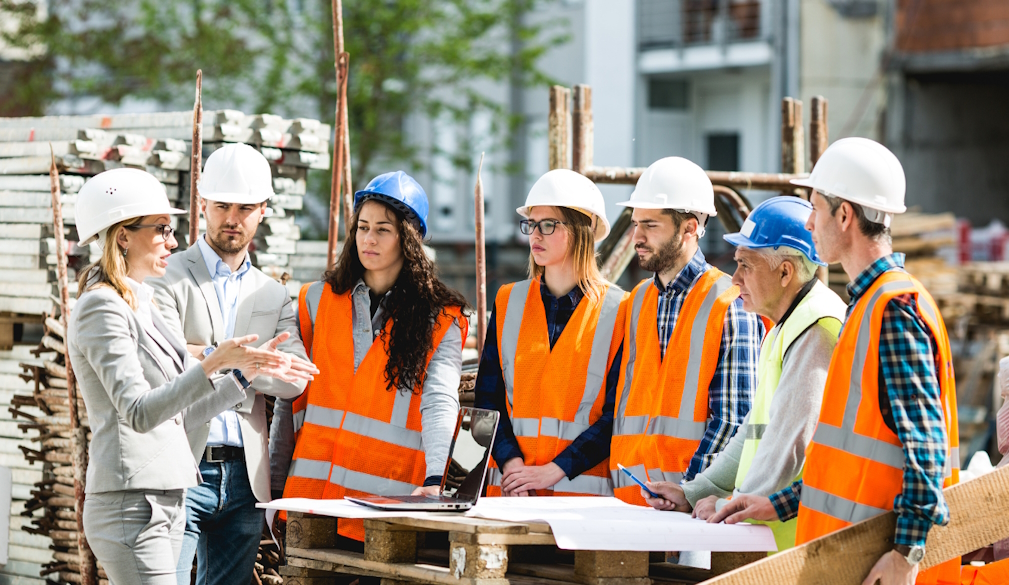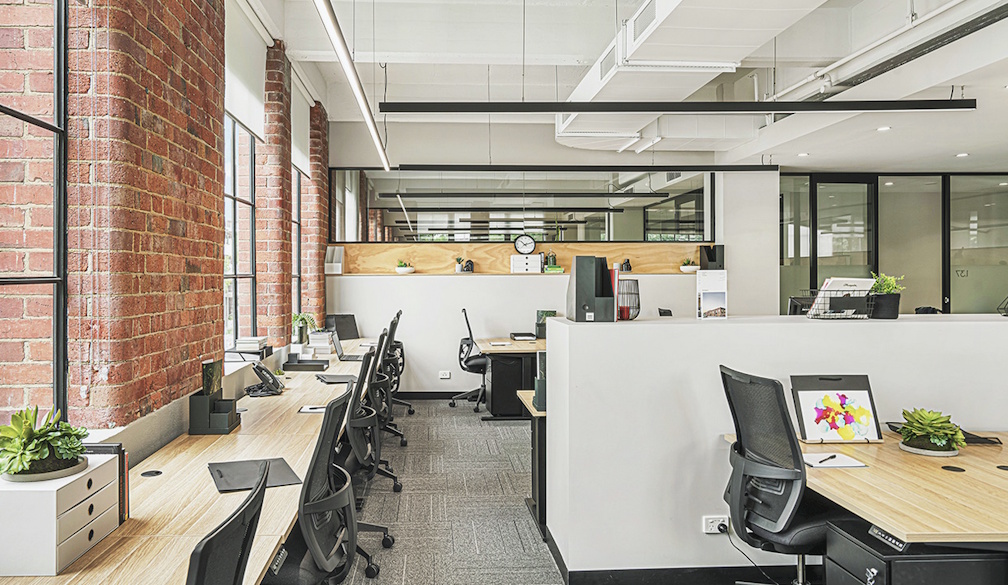Emerging Trends in Australia's Renewable Energy Sector

Australia, famous for its big natural spaces, is quickly getting better at using renewable energy. The country is using its natural stuff to move away from old-fashioned fuels like coal and gas and use more eco-friendly energy. In this blog we will talk about what's happening with renewable energy in Australia, using the newest info and updates.
The Renewable Energy Scene in Australia
Australia has mostly used coal and gas for its energy. But lately, worries about climate change, along with new technology and cheaper prices, have made renewable energy much more popular. According to the Clean Energy Council's 2023 Clean Energy Australia Report, renewable energy made up 32.5% of all the electricity plans made in Australia in 2022. That's a big jump from before.
Solar Power
Solar power is important for Australia's renewable energy. Australia has one of the most rooftop solar systems per person in the world. By the end of 2022, there were over 3.2 million rooftop solar systems in Australia, making more than 16 GW of power. This trend isn't slowing down, with big solar farms also getting more popular. The Australian Energy Market Operator (AEMO) says rooftop solar will keep growing and could reach over 25 GW by 2030. Also, big solar projects made 5.5 GW by the end of 2022, with more being built. Projects like Sun Cable's Australia-Asia PowerLink want to send solar energy to Singapore, showing how countries can trade energy.
Wind Power
Wind power is also really important for Australia's renewable energy plan. Australia's big open spaces and coastlines are perfect for wind farms. In 2022, Australia had over 9 GW of wind power, making it the second-biggest source of renewable energy after solar. Wind power went up by 20% in 2022, according to the Australian Energy Statistics 2023 report, helping a lot with renewable energy. Experts think wind power could go over 20 GW by 2030 because of projects both on land and at sea. Projects like the Golden Plains Wind Farm, aiming to be the biggest in the Southern Hemisphere with a planned power of 1.3 GW, show how much potential this sector has.
Battery Storage
One big problem with renewable energy is that it's not always available. Solar and wind power rely on the weather, so they're not as steady as traditional power sources. To deal with this, Australia is spending a lot on batteries. The Hornsdale Power Reserve in South Australia, known as the "Tesla Big Battery," has already shown that big batteries can help keep the power grid stable. Battery storage got 85% bigger in 2022, with over 700 MW of new projects starting up. The Australian Renewable Energy Agency (ARENA) thinks battery storage could hit 5 GW by 2030, thanks to better tech and lower costs.
Green Hydrogen
Green hydrogen is made using renewable energy, and it could be a good way to make industries cleaner, like steelmaking and big transportation. Australia has lots of renewable resources, so it could be a top maker of green hydrogen. According to a report by the Clean Energy Finance Corporation (CEFC), investments in green hydrogen projects passed AUD 1.5 billion in 2022. The Australian government wants to be one of the top three hydrogen exporters by 2030, with the potential to make 15 million tonnes a year. Projects like the Asian Renewable Energy Hub want to make lots of green hydrogen, showing the way forward.
Offshore Wind
While onshore wind has been the main focus, offshore wind is starting to get attention in Australia. Australia's long coastline means there's a lot of potential for offshore wind farms. These can make more consistent power because the winds at sea are stronger and steadier. The Global Wind Energy Council (GWEC) thinks Australia could have up to 10 GW of offshore wind power by 2040, helping both with local energy needs and maybe even exporting. The Star of the South project, planned off Victoria's coast, wants to be Australia’s first offshore wind farm, making up to 2.2 GW of power.
Policy and Rules
Government policies and rules are really important for making renewable energy grow. The Australian government wants to have net-zero emissions by 2050 and is doing lots of things to support that, like giving money for new energy technologies. In the 2023 budget, the government put aside AUD 1.9 billion for stuff like hydrogen, batteries, and carbon capture and storage (CCS). The Renewable Energy Target (RET), which aimed to get 33,000 GWh of extra renewable electricity by 2020, was reached and helped a lot with investment. States are also doing big things, with New South Wales and Victoria setting up special zones to attract more investment in renewable energy.
Technological Innovations
Improvements in technology are really important for making renewable energy better and cheaper. Things like better solar panels, wind turbines, and energy storage are making renewable energy systems work better and cost less. Using artificial intelligence (AI) and big data helps manage renewable energy systems better, making them more reliable and lasting longer. According to the International Energy Agency (IEA), the cost of making electricity from solar panels and onshore wind has gone down a lot in the past ten years, by more than 80% and 40%, respectively. This is expected to keep happening, making renewable energy more competitive with old-fashioned fuels.
Community and Indigenous Involvement
More and more, communities and Indigenous groups are getting involved in renewable energy projects in Australia. It's important to give power to local communities and make sure they get good things from renewable energy projects to make the sector grow in a good way. Projects led by Indigenous groups, like the Badimia People’s solar farm in Western Australia, show how renewable energy can help with making money and keeping culture alive. According to Indigenous Business Australia (IBA), there's been a 30% increase in renewable energy projects owned by Indigenous groups in the past two years. Community energy projects, supported by programs like the Community Power Hubs, are also getting more popular, with over 100 groups working on them across the country.
Challenges and Opportunities
Even though there's been a lot of progress, the renewable energy sector in Australia still has some big challenges. The power grid needs to be updated to handle more renewable energy, and there are arguments about how to change the market to support a future with less carbon. Also, it's tricky to balance the needs of different groups like old-style energy companies, renewable energy makers, and local communities.
But these challenges also bring chances. Moving to renewable energy can make jobs, grow the economy, and make Australia a leader in clean energy around the world. Making a hydrogen economy, growing offshore wind power, and coming up with new ways to store and manage energy are all areas where Australia can use its strengths.
Conclusion
Australia's renewable energy sector is at an important moment, driven by lots of new technology, support from policies, and more people caring about the environment. The trends we've talked about in this blog - like more solar and wind power, better batteries, making green hydrogen, and the potential for offshore wind - show how things are changing fast.
With more money and new ideas, Australia is on its way to having a clean and strong energy future. The newest info and predictions look good, but making it all happen will need everyone - the government, businesses, and communities - to work together. As the world moves towards using less carbon, Australia's renewable energy sector is a sign of how things can get better and what's possible.














